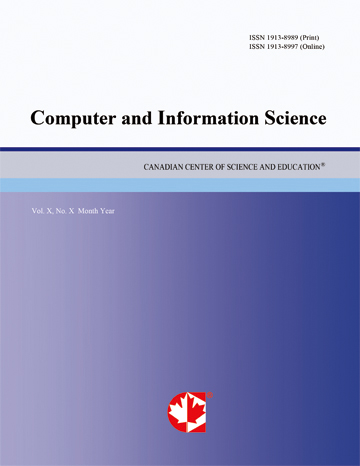A Smart Algorithm for USE-Cases Production Based on Name Entity Recognition
- Rafeeq Al Hashemi
- Moha’med Al-Jaafreh
- Tahseen Al-Ramadin
- Ayman Al Dmour
Abstract
Use case analysis is a common technique used to ascertain the functional requirements of a software system. A use case diagram is a kind of Unified Modeling Language (UML) diagram created for use case analysis. Creating effective use cases can be a determining factor in building a system that meets users' needs. However, writing use cases is a difficult and time-consuming process, requiring the user to manually fill out a form or write text in a specific, pre-stipulated format. Many students lack the technical knowhow to do this. Our research offers a software solution that resolves this issue. By combining natural language algorithms, such as Part Of Speech (POS) and Name Entity recognition (NE), with a set of grammatical rules created and implemented as a Finite State Machine (FSM), our system extracts the relevant items from the text and automatically translates the plain or unstructured text into a structured one. The paper has been tested on standard examples with excellent results.- Full Text:
 PDF
PDF
- DOI:10.5539/cis.v8n4p51
Journal Metrics
WJCI (2022): 0.636
Impact Factor 2022 (by WJCI): 0.419
h-index (January 2024): 43
i10-index (January 2024): 193
h5-index (January 2024): N/A
h5-median(January 2024): N/A
( The data was calculated based on Google Scholar Citations. Click Here to Learn More. )
Index
- BASE (Bielefeld Academic Search Engine)
- CNKI Scholar
- CrossRef
- DBLP (2008-2019)
- EuroPub Database
- Excellence in Research for Australia (ERA)
- Genamics JournalSeek
- GETIT@YALE (Yale University Library)
- Google Scholar
- Harvard Library
- Infotrieve
- Mendeley
- Open policy finder
- ResearchGate
- Scilit
- The Keepers Registry
- UCR Library
- WJCI Report
- WorldCat
Contact
- Chris LeeEditorial Assistant
- cis@ccsenet.org
